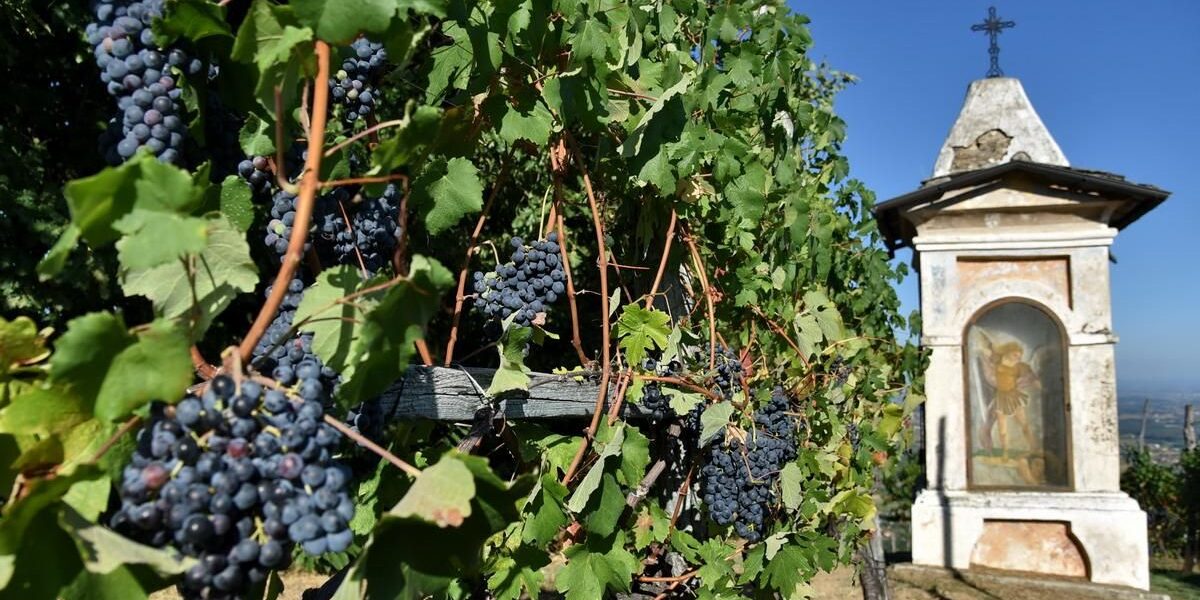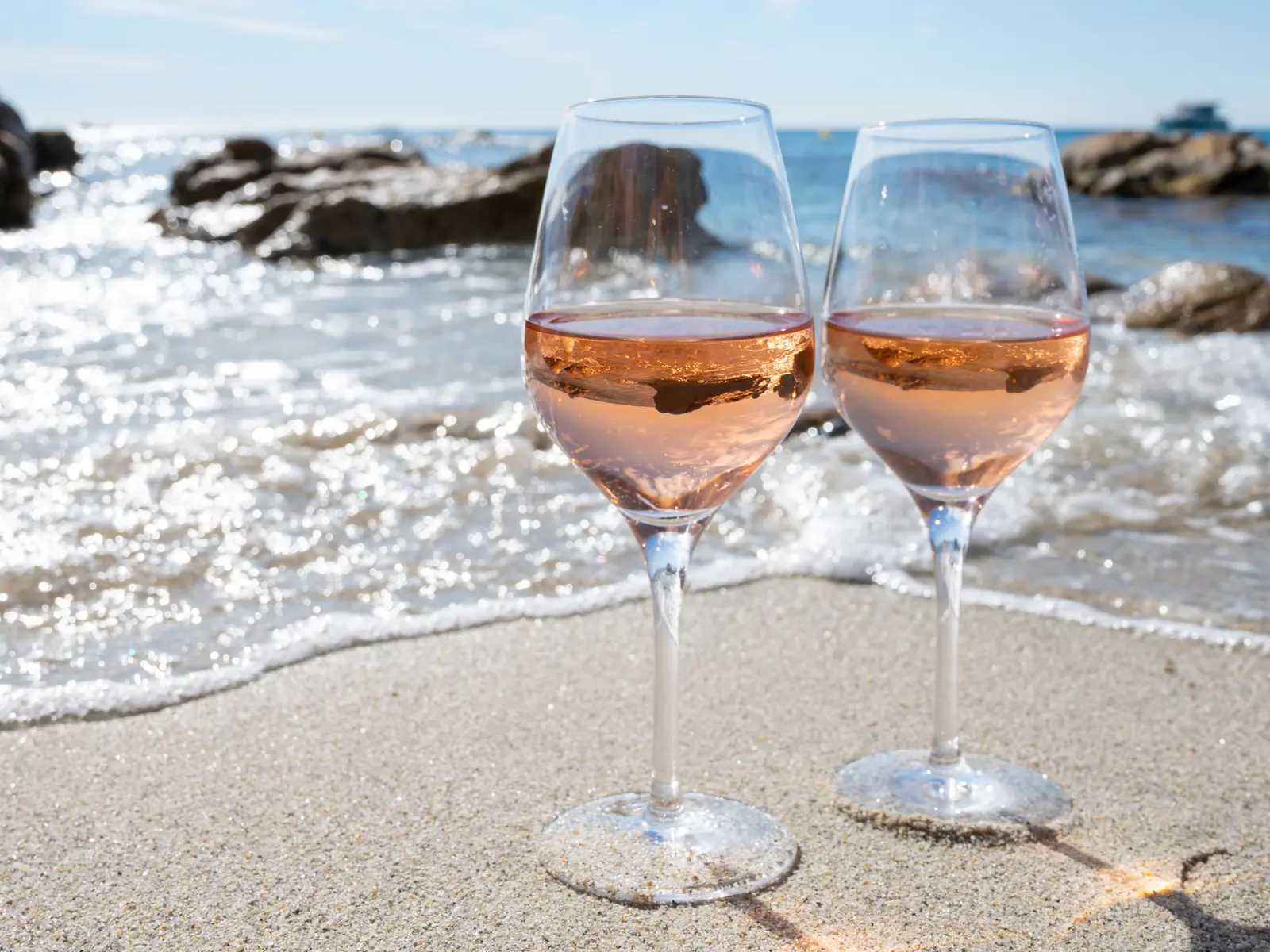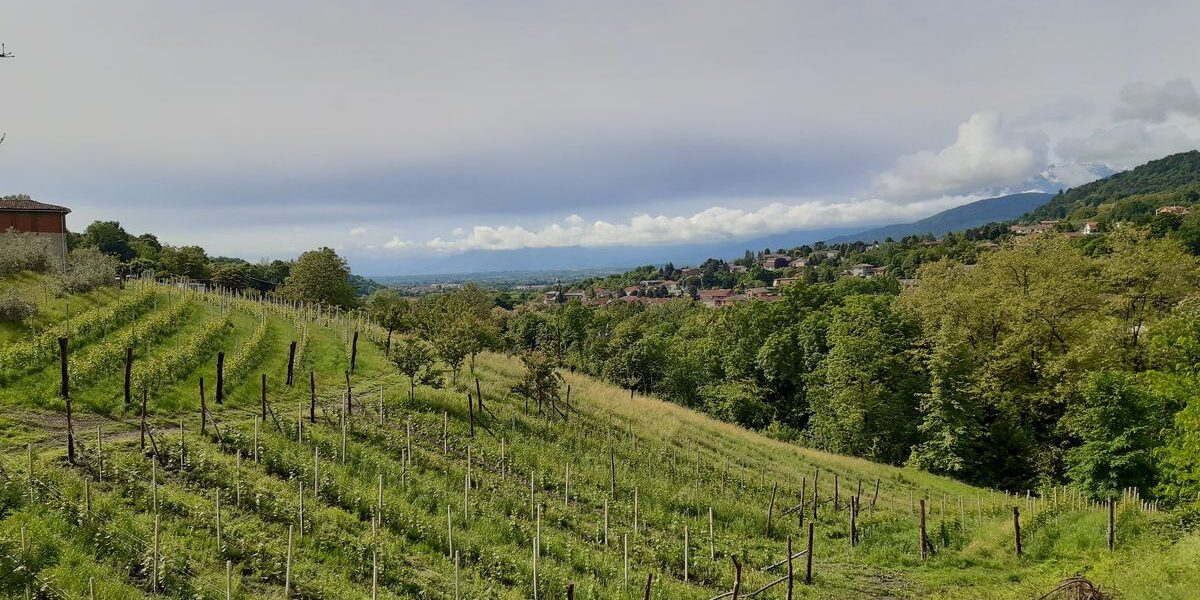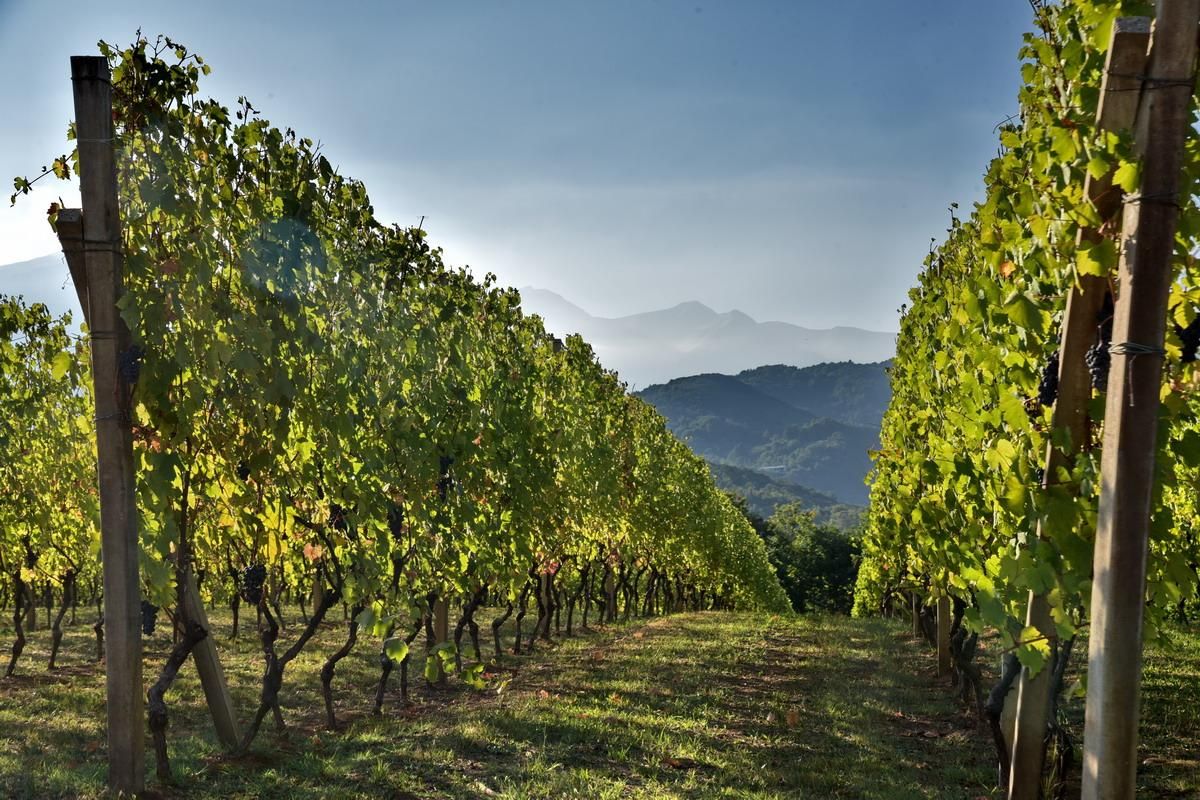Red grapes, pink wines: a silent revolution is transforming the wine world. Red varieties traditionally destined for full-bodied reds, such as Aglianico, Nebbiolo, and Sangiovese, and various international vines, are revealing an unprecedented side in rosés, often sparkling. But that’s not all, forgotten, sometimes rare and ancient vines, such as Avanà, Tintilia, Perricone, Vermentino Nero, and Pollera, just to name a few, are making a comeback, asserting themselves with their unique and surprising aromas and flavors, thanks to the tireless work of courageous and passionate producers.
Why are rosé wines so successful?
This trend is fueled by a rapidly changing market that demands increasingly low-alcohol, fresher, and more versatile products. Moreover, these grapes offer a new chromatic and aromatic palette, and a lighter, more dynamic tasting experience, perfect for accompanying meals and social gatherings.
The rosé wine market is experiencing constant growth worldwide, with a total production of around 23 million hectoliters. France remains the leading producer, holding 32% of the global market share with 6.5 million hectoliters, followed by Spain with 3.7, and the USA with 3.4. While Italy, with just over one million hectoliters produced, contributes 9% of world production and 5% of global consumption.
A positive signal has been sent by the “Pact” between the five major Italian native rosé districts: Bardolino, Valtènesi, Cerasuolo d’Abruzzo, Castel del Monte, and Salice Salentino. Underlining the change of pace are the statements of the president of the Bardolino Consortium, Franco Cristoforetti, who is also the project promoter: “With this five-way pact, we want to make the peculiarities of Italian rosé known worldwide,” and expresses the desire to become protagonists on the international scene and to change the perception of Italy as a producer of only red, white, and sparkling wines.
The success of rosé wines in recent years is the result of a combination of factors that have been able to intercept the needs and tastes of an increasingly broad and diverse audience; attributable to a greater visual appeal, a reduced alcohol content, the speed of vinification, and the versatility of pairing.
Avanà: A New Chapter in Heroic Winemaking
Avanà, a native vine of the Western Alps, in particular the upper Susa Valley and the municipalities of Chiomonte, Meana, Gravere, Susa, and Giaglione. Genetic studies have shown that Avanà shares the same genetic profile as Hibou Noir, a variety cultivated in Savoy and Valais. This discovery supports the hypothesis that Avanà was introduced to Piedmont during the Savoyard dominion.
With the advent of phylloxera, its production was drastically reduced, until it reached just 30 hectares in the early 2000s. Since 1996, Avanà has been used in the red type of Pinerolese DOC and in particular of Pinerolese Ramie, with a minimum of 60% together with Becuet and Chatus. Since 1997, for a minimum of 60%, in Valsusa DOC, alone or together with Barbera, Dolcetto, and Neretta cuneese. No specification provides for a pure type.
Avanà is an example of heroic viticulture, cultivated on steep terraces, often inaccessible to mechanical means, this vine requires traditional cultivation techniques and careful management of the vineyard. The low espalier, or bush, are the training systems best suited to the climatic and pedological conditions of the territory.
La Chimera: The face of heroic viticulture
At 750 meters above sea level in the Susa Valley, La Chimera, a small artisan reality of Chiomonte, expresses all the passion and respect for this territory. Tenacious and passionate winemaker, Stefano Turbil, with his wife Mariangela, has restored new dignity to Avanà with the sparkling Rosé Brut Nature AE M.C., able to excellently enhance the original characteristics of freshness and liveliness.
He is fully part of the “heroic” winemakers for the effort put into recovering ancient vines, Avanà and Becuet, for the daily work in the vineyards carried out exclusively by hand, the restoration of paths and dry stone walls to support the steep terraces.
Each hectare of vineyard in the mountains requires an annual workload that can reach 800 hours, compared to 150 required in the plain.
Turbil has restored three hectares of vineyards over 80 years old. Here, viticulture is strictly natural: no herbicides or synthetic chemicals are used. In the cellar, winemaking is natural, without added sulfites, to preserve the aromatic integrity of the grapes and produce wines that are expressive of the terroir, authentic, and healthy. A small production volume ensures high quality.





